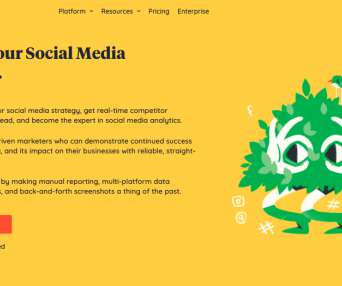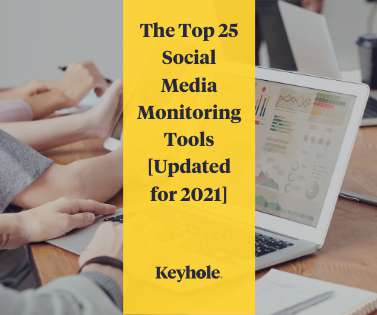How to Develop a Social Media Policy for Employees in 2020 and Beyond
Oktopost
JUNE 4, 2020
Social media policy found its origins in the early 2000s as a “blog policy”, little more than a warning of what employees could and couldn’t post on message boards and blogs. But the tone, and message has stayed the same – At work, just don’t. Having the collaboration of HR, legal and marketing is not enough.












Let's personalize your content